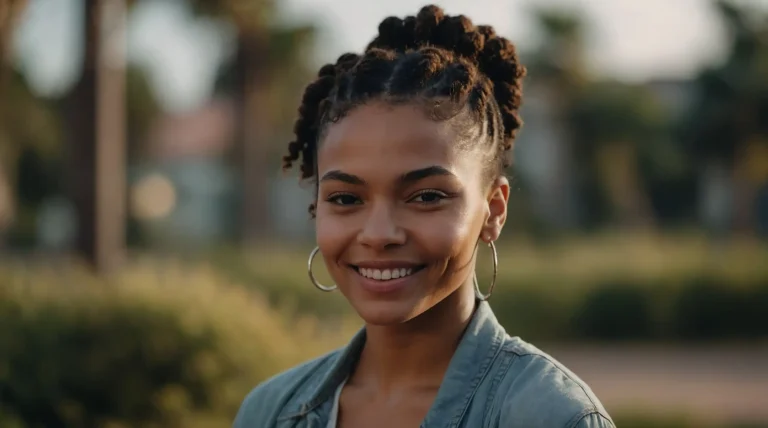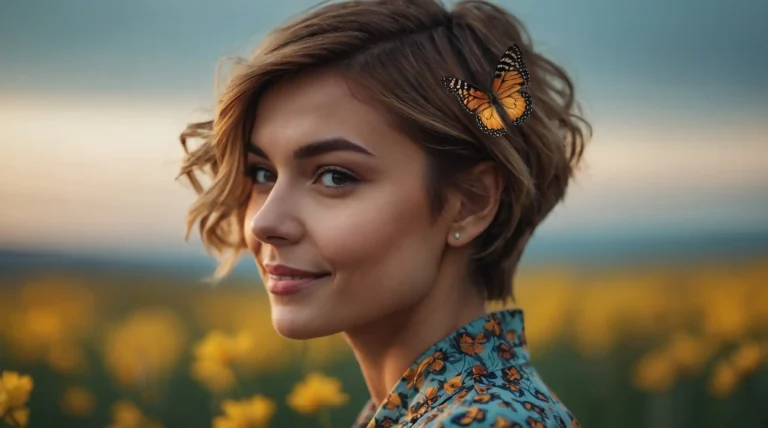25 Retro 90s Blowout Hairstyles
The 90s brought us unforgettable hair moments that defined a generation. You’ve probably seen these iconic blowout styles making a comeback on your social feeds.
From voluminous curls to sleek straight looks, these retro hairstyles captured the decade’s bold spirit.
Whether you lived through the era or you’re discovering these looks for the first time, you’ll find inspiration in these classic styles.
Get ready to transport yourself back to the golden age of hair drama and discover which 90s blowout deserves a spot in your modern routine.
1: The Rachel Cut
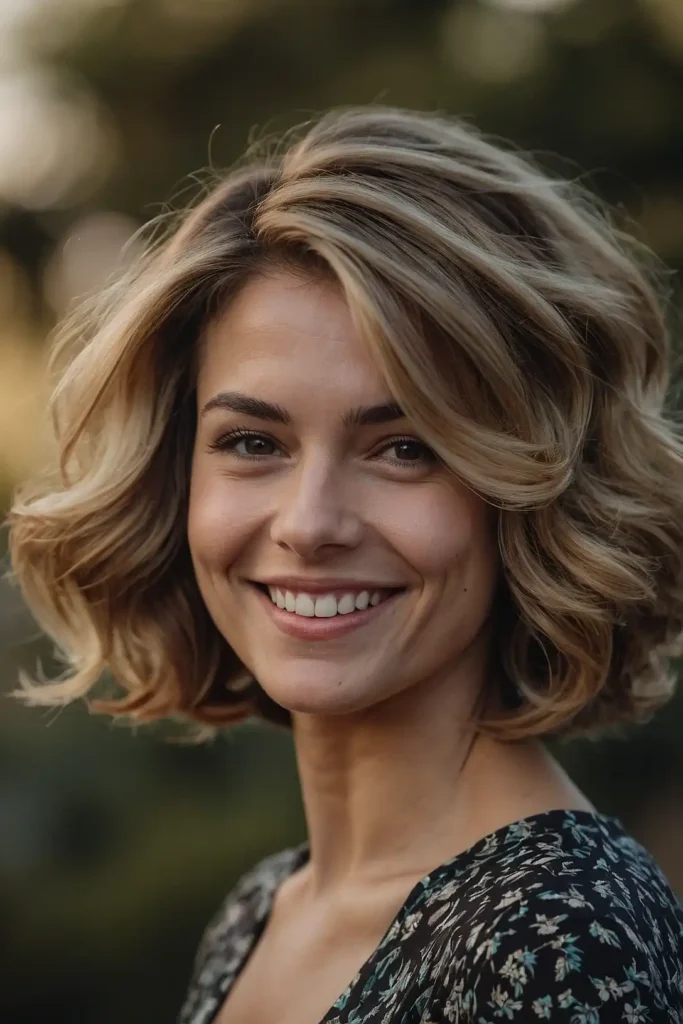
You can’t discuss 90s hair without mentioning Jennifer Aniston’s iconic layered shag.
This face-framing masterpiece featured heavily layered pieces that flipped outward at the ends.
The magic happened when you blow-dried each layer away from your face using a round brush.
This created that signature bouncy, voluminous effect that defined the decade.
You’d finish with a light hairspray to hold those flipped-out ends in place. The Rachel remains one of the most requested cuts even today.
2: Chunky Highlights Blowout
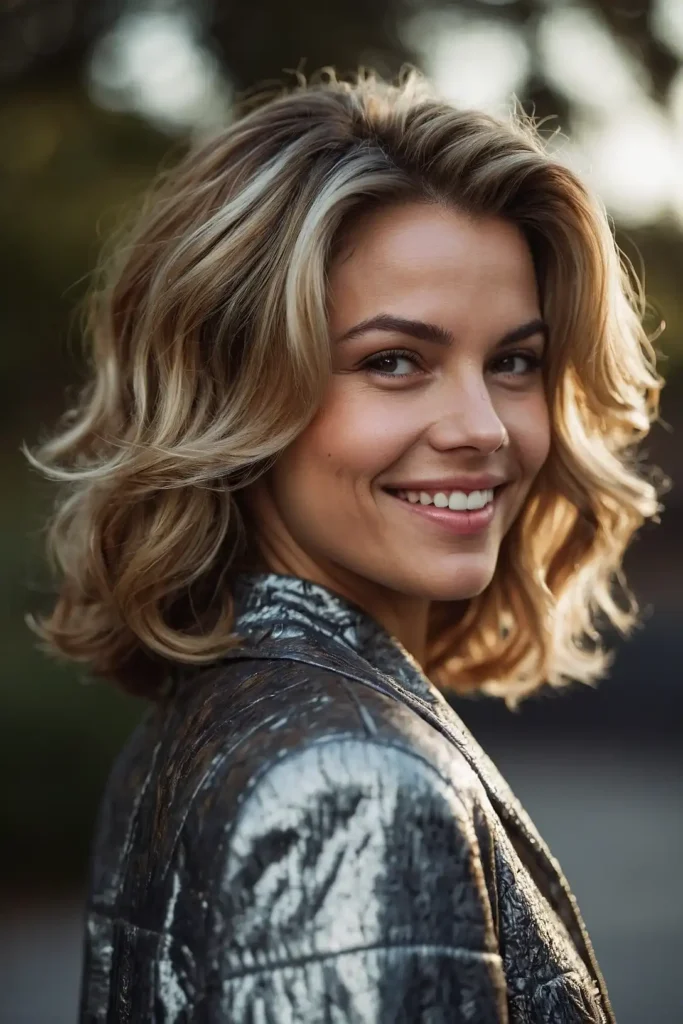
Bold, contrasting highlights defined the 90s hair scene like nothing else. You’d ask for thick blonde streaks against darker base colors for maximum impact.
The blowout technique involved lifting sections with a paddle brush while directing hot air downward.
This created smooth, glossy strands that showcased every highlighted piece. You’d often see these chunky highlights paired with pin-straight hair or subtle waves.
The contrast between light and dark created dimension that photographs beautifully.
3: Face-Framing Layers
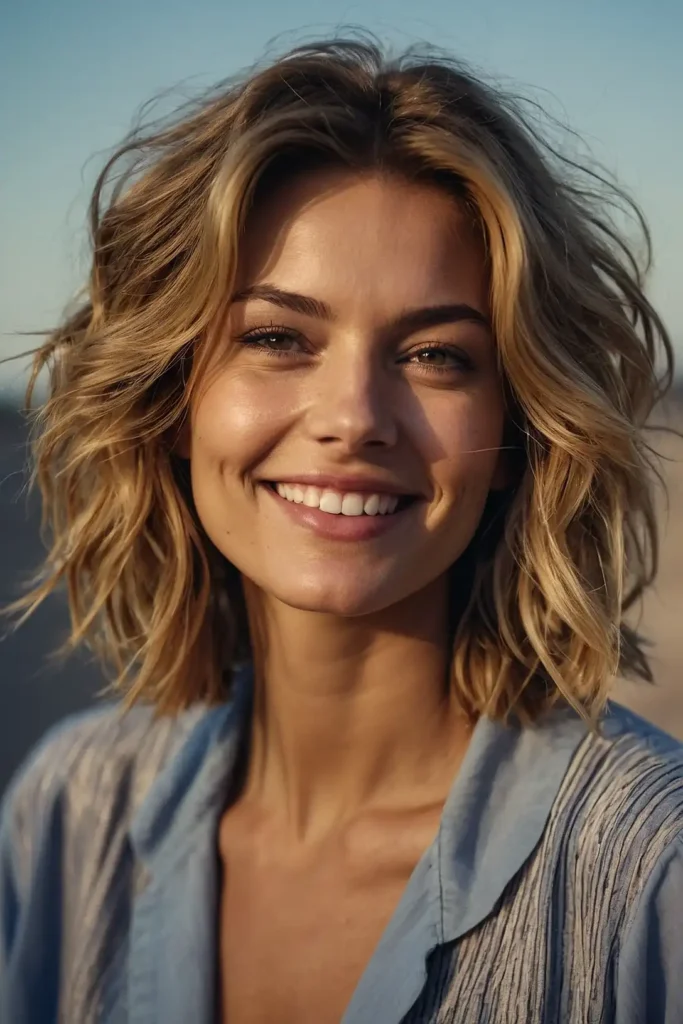
Strategic layering around your face created instant glamour and movement. This technique opened up your face and added sophisticated volume.
Your stylist would cut shorter pieces near your cheekbones and gradually increase length toward the back.
During the blowout, you’d use a large round brush to curl these face-framing pieces away from your features.
The key was keeping the layers soft and blended rather than choppy. You’d finish by running your fingers through to separate the pieces naturally.
4: Flippy Bob Blowout
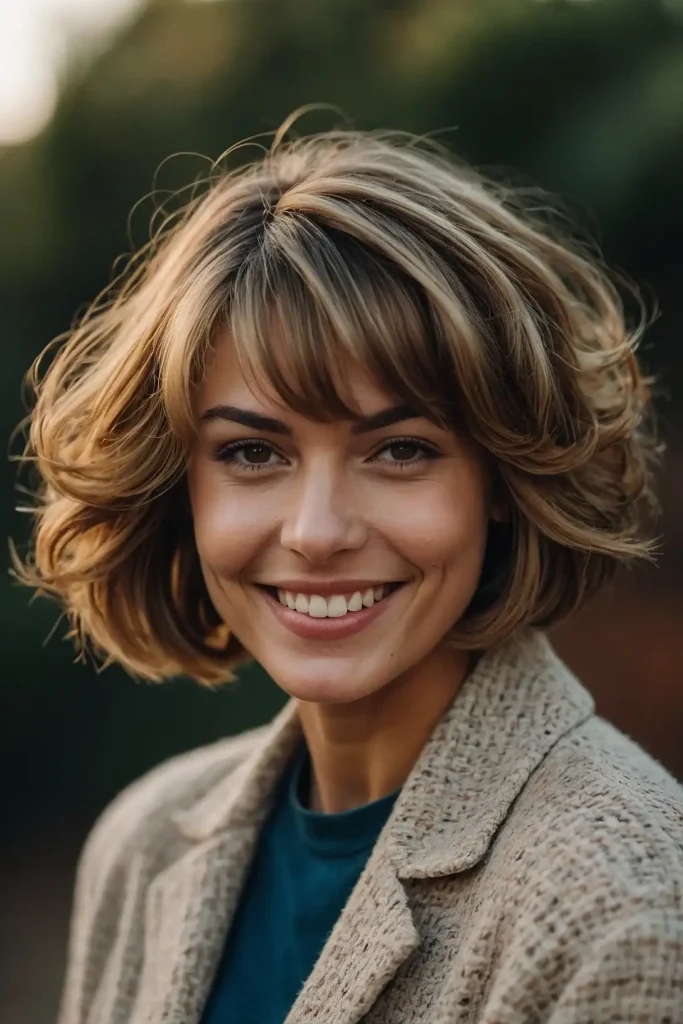
The chin-length bob got a 90s makeover with ends that flipped outward instead of under.
You’d achieve this look by wrapping hair around a round brush and pulling it away from your head.
Hot air directed at the brush created tension that set the flip pattern. You’d work in small sections to ensure every piece turned outward uniformly.
This playful twist on the classic bob felt fresh and youthful. The flipped ends caught light beautifully and moved with natural bounce throughout the day.
5: Sleek Center Part
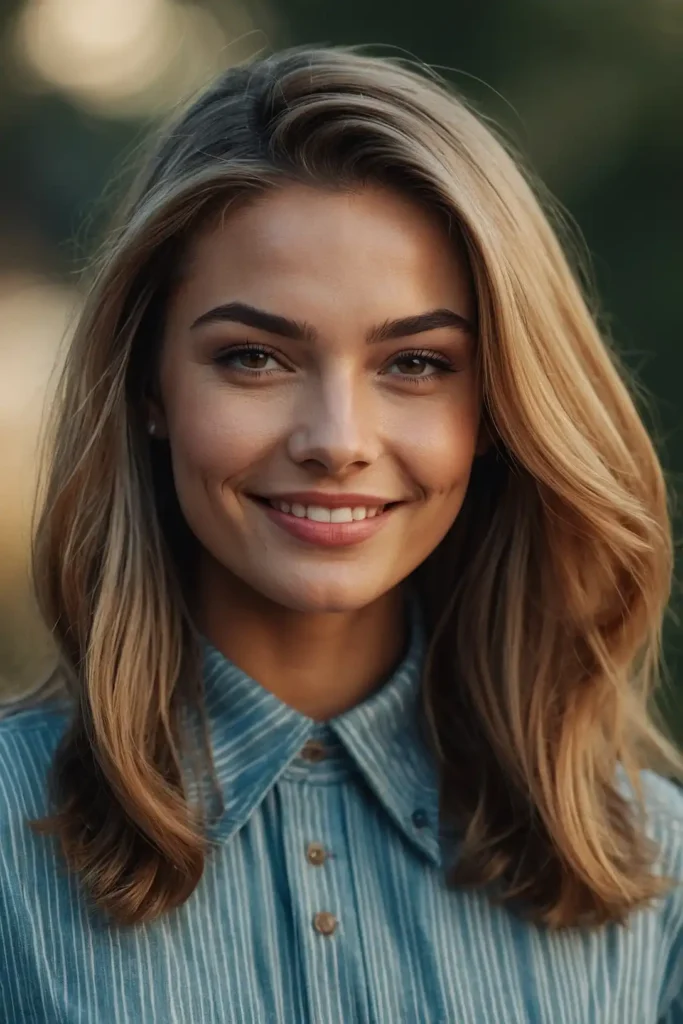
Nothing said 90s sophistication like perfectly straight hair with a razor-sharp center part.
You’d use a flat paddle brush and concentrate heat directly down the hair shaft. This eliminated any natural texture and created that coveted glass-like finish.
The technique required pulling hair taut while following with the blow dryer nozzle.
You’d finish with a shine serum to enhance the sleek appearance. The center part needed to be perfectly straight, often requiring a rattail comb for precision.
6: Voluminous Crown Blowout
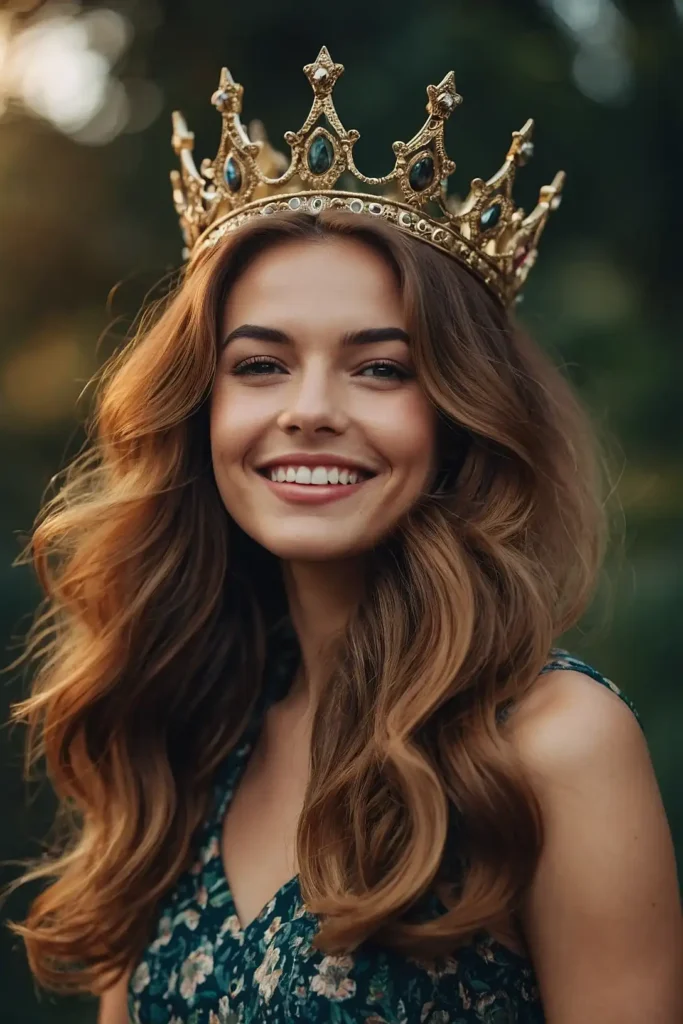
Big hair at the crown balanced out the decade’s preference for straight lengths. You’d tease the top section before blow-drying to create maximum lift and drama.
Using a round brush, you’d lift hair straight up from the roots while applying heat. This technique created height that lasted throughout the day with proper product support.
The contrast between the voluminous top and sleek sides defined many 90s red carpet looks. You’d often see this paired with face-framing highlights for extra dimension.
7: Scrunched Wave Pattern
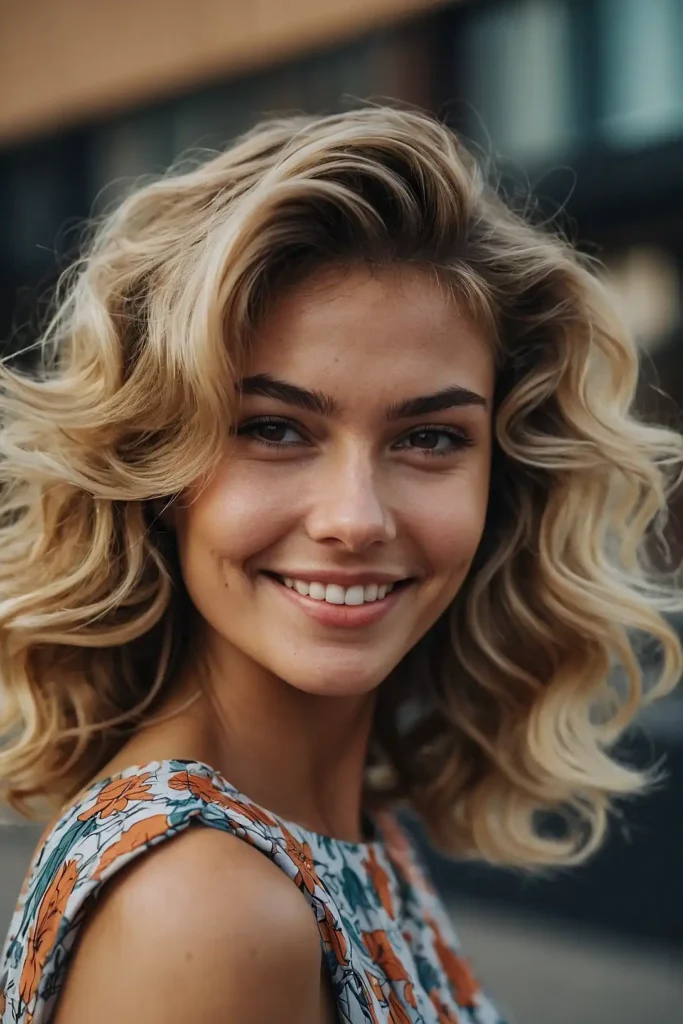
Beach waves got a 90s twist with deliberately scrunched textures that looked effortlessly tousled.
You’d apply mousse to damp hair before scrunching upward with your hands.
The blow-drying technique involved using a diffuser attachment while continuing to scrunch. This preserved the wave pattern while adding volume and definition.
You’d avoid brushing the finished look to maintain that perfectly imperfect texture. The result was hair that looked like you’d spent the day at the beach.
8: Side-Swept Bangs Blowout
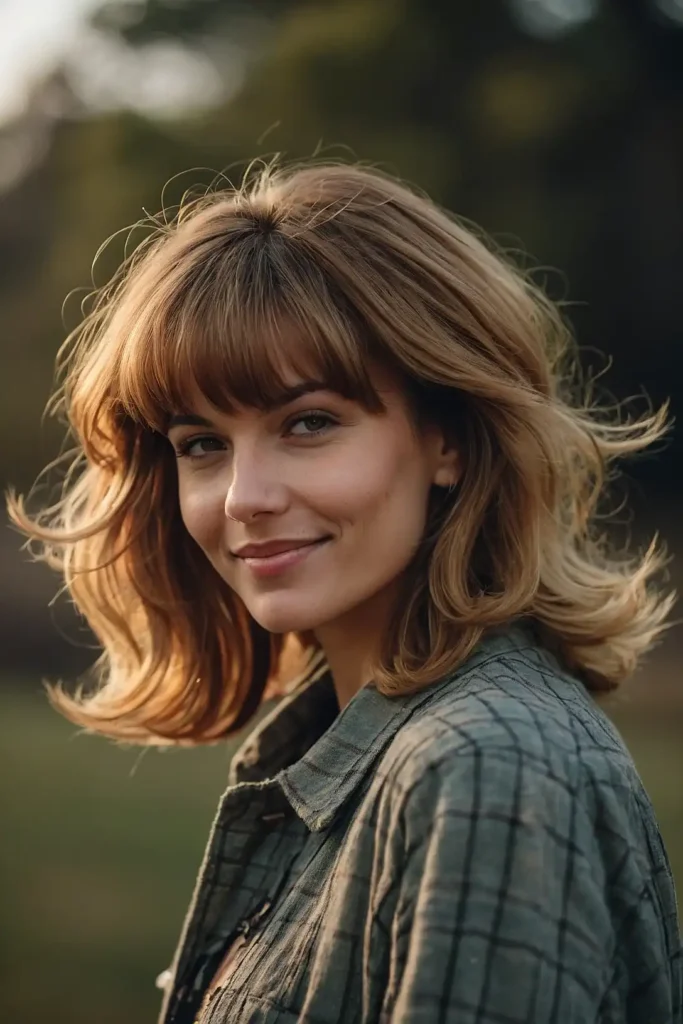
Heavy side-swept bangs framed faces beautifully when paired with voluminous blowouts. You’d cut the fringe to hit just below your eyebrows for maximum impact.
During styling, you’d use a small round brush to sweep bangs dramatically to one side.
The weight of the fringe created natural movement that complemented longer layers.
This look worked especially well with highlights woven through the bang area. The side-swept style softened angular face shapes while adding mysterious glamour.
9: Pin-Straight Lengths
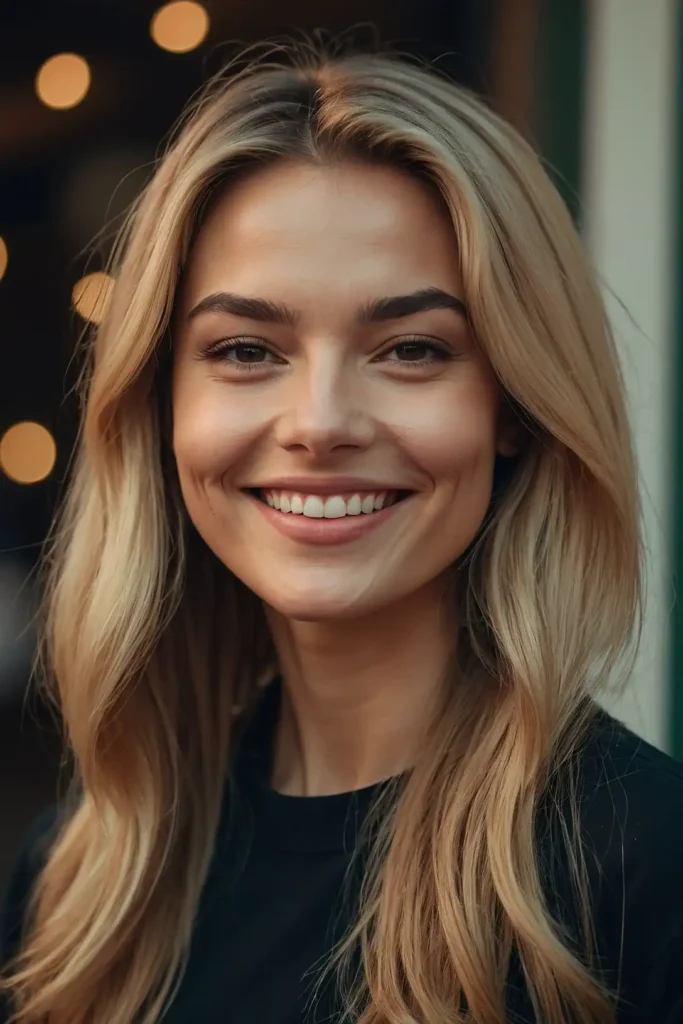
Poker-straight hair became the ultimate 90s status symbol, requiring serious blow-drying skills to achieve.
You’d section hair into small pieces for maximum straightening power. You’d often finish with a straightening iron for extra insurance.
Each section got pulled taut with a paddle brush while you followed closely with concentrated heat. The goal was eliminating every trace of natural texture or wave.
This high-maintenance look required daily styling but created stunning, mirror-like results.
10: Layered Shag Blowout
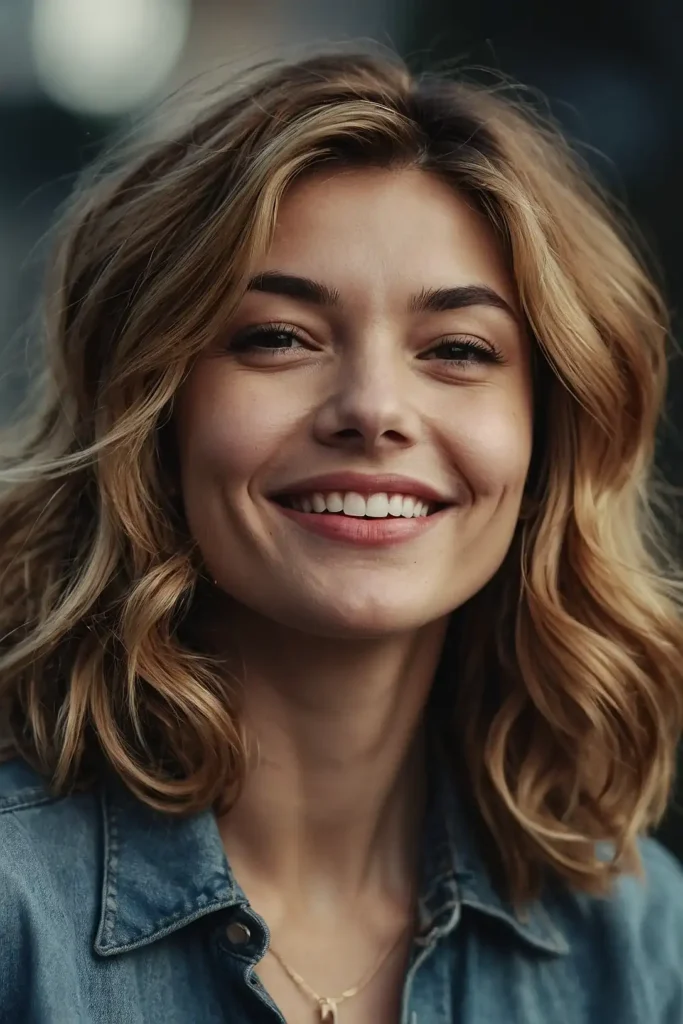
The shag haircut reached peak popularity in the 90s with its heavily layered, rock-and-roll aesthetic.
You’d ask for layers starting at your cheekbones and continuing throughout the length.
Blow-drying required scrunching and lifting random sections to enhance the messy, lived-in texture.
You’d use your fingers more than brushes to maintain that effortless vibe. This cut worked on virtually every hair texture and face shape.
The beauty of the shag was its versatility – you could style it sleek or messy depending on your mood.
11: Crimped Volume Base
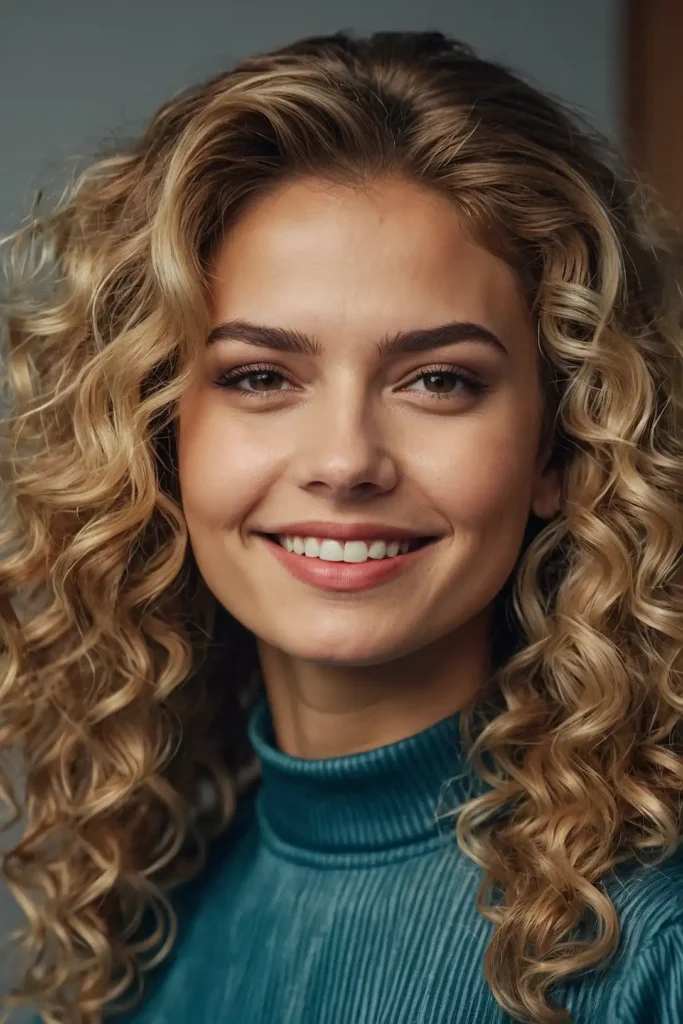
Crimping irons created zigzag textures that added incredible volume to 90s blowouts.
You’d crimp just the underneath layers to create lift without visible texture on top. This technique created volume that lasted for days with minimal touch-ups.
The blow-drying process involved lifting these crimped sections while directing heat upward.
You’d keep the top layer smooth while the crimped underneath provided invisible support. This trick helped fine hair achieve the big, bold looks that defined the decade.
12: Butterfly Clips Blowout
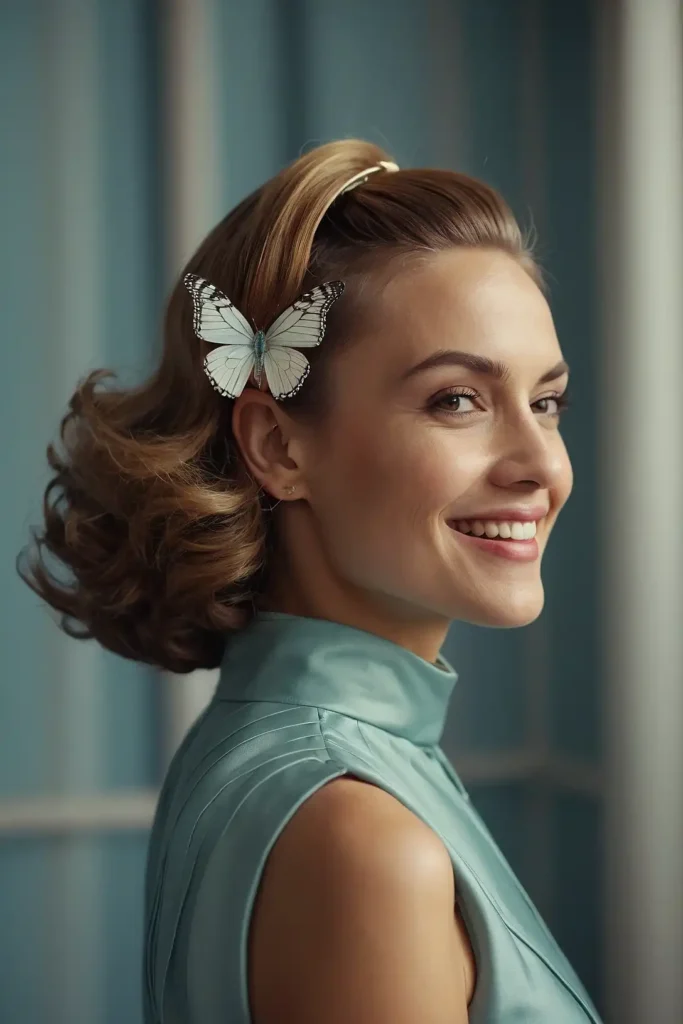
Tiny butterfly clips weren’t just accessories – they were essential styling tools for creating textured blowouts.
You’d section off small pieces while blow-drying to create varied directions. This created natural-looking movement and prevented hair from falling flat.
Each clipped section would cool in its twisted or curled position before being released.
The clips came in every color and finish imaginable, becoming fashion statements themselves. You’d often leave a few in place as decorative elements throughout the day.
13: Chunky Low Lights
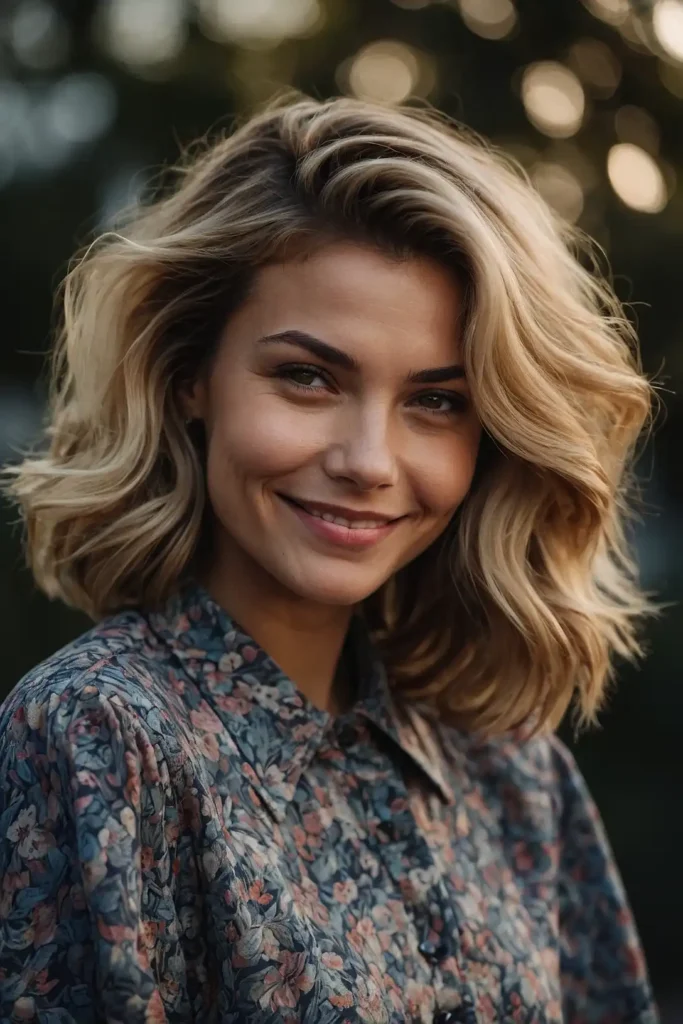
While highlights dominated, strategic lowlights added depth and richness to 90s blowouts.
You’d choose colors two to three shades darker than your base for subtle contrast.
The blowout technique focused on creating separation between the different tones.
You’d use a round brush to lift sections and showcase the multidimensional color work. The result was hair that looked naturally sun-kissed.
This approach worked especially well on lighter base colors, adding richness without the harsh contrast of traditional highlights.
14: Feathered Side Pieces
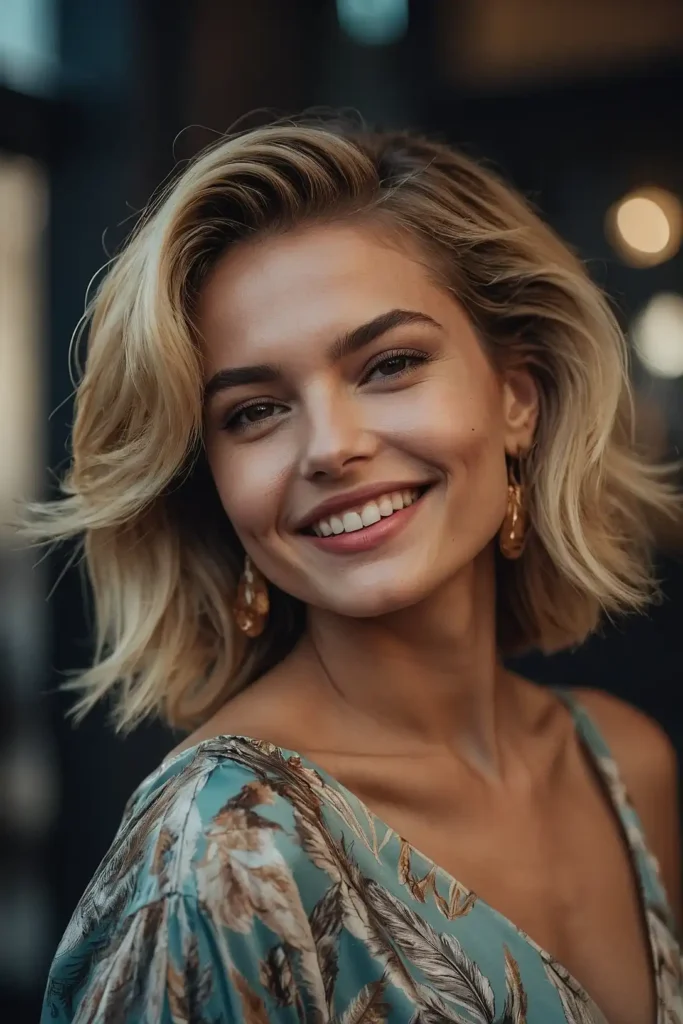
Feathering came back in a big way during the 90s, but with a more subtle approach than the 70s version.
You’d focus the feathering on side pieces that framed your face. The feathered pieces added movement and softness to otherwise straight styles.
Using a small round brush, you’d curl these sections away from your face while blow-drying.
This technique worked particularly well with layered cuts, enhancing the natural movement of shorter pieces.
You’d finish with light-hold hairspray to maintain the feathered shape.
15: Spiral Curl Blowout
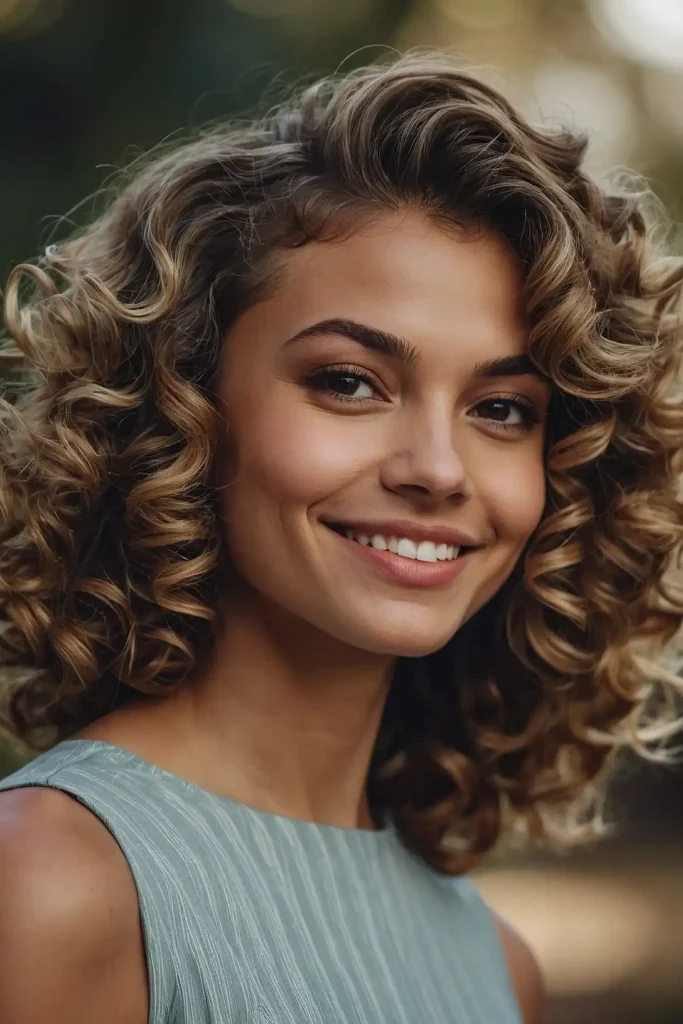
Tight spiral curls created dramatic volume and texture that defined many 90s red carpet moments.
You’d use a small barrel brush to wrap sections tightly before applying heat.
The key was maintaining tension while slowly pulling the brush through each curl. This created uniform spirals that bounced with every movement.
You’d separate the curls with your fingers after cooling to create fuller, more voluminous results. Shine spray enhanced the curls’ definition while reducing frizz.
16: Asymmetrical Bob Blowout
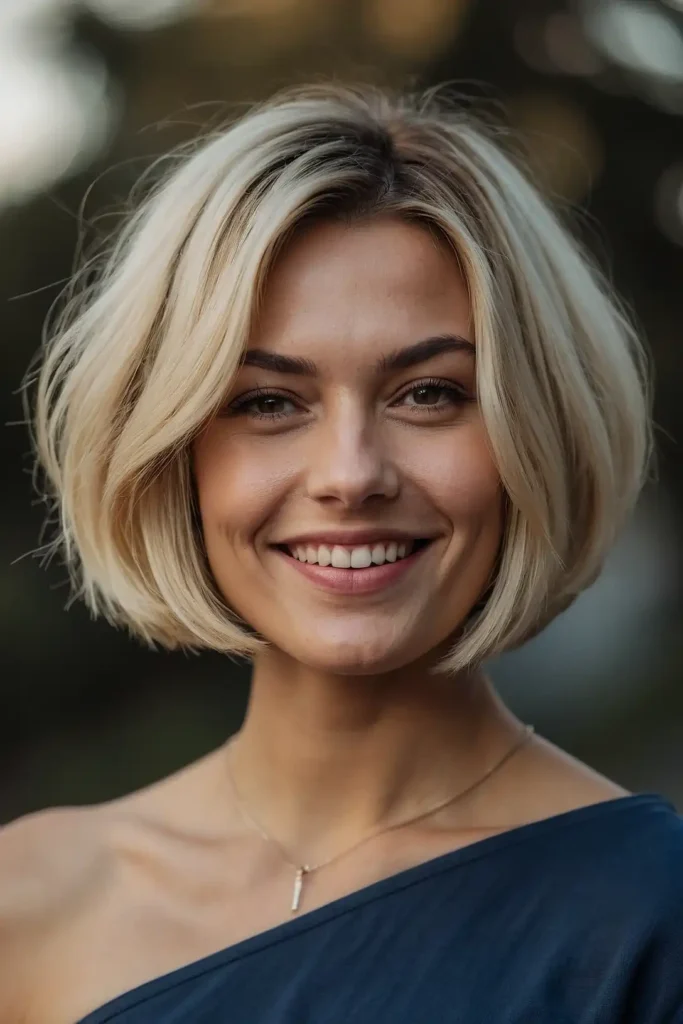
Uneven bob lengths created edgy, artistic silhouettes that felt thoroughly modern.
You’d have one side cut significantly shorter than the other for maximum visual impact.
Blow-drying required different techniques for each side – the shorter side got smoothed close to the head while the longer side received volume.
This enhanced the asymmetrical effect. The dramatic difference in lengths created movement even in straight styles.
You’d often pair this cut with bold colors or highlights to emphasize the unique shape.
17: Textured Pixie Blowout
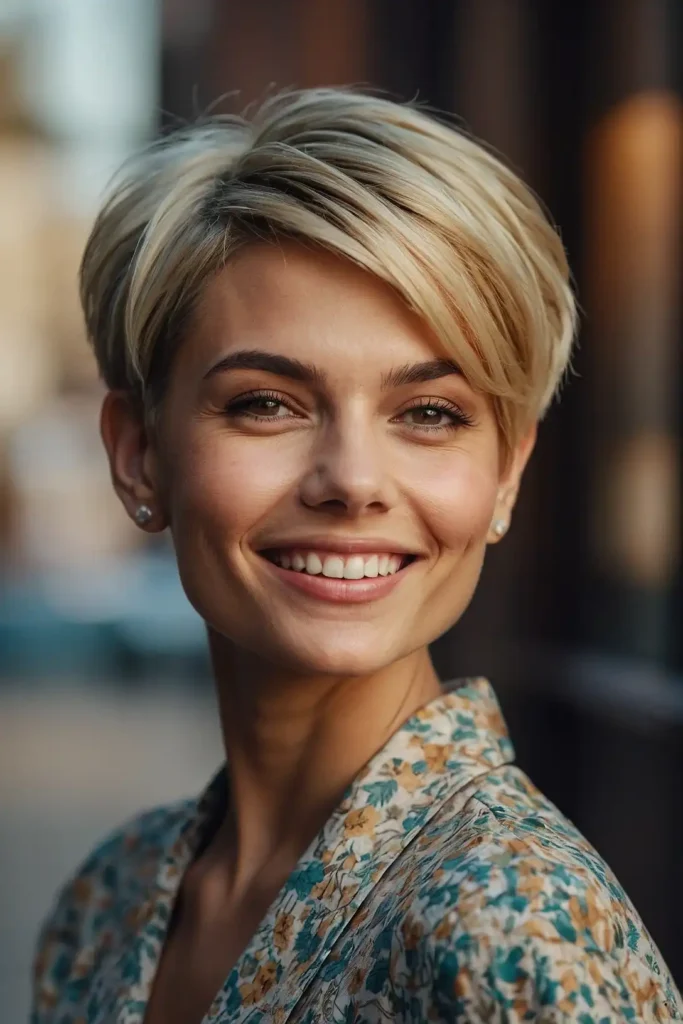
Short pixie cuts got 90s makeovers with heavily textured, piece-y finishes.
You’d use texturizing products before blow-drying to enhance natural movement and separation.
The styling process involved scrunching and lifting small sections while applying heat.
This created definition in individual pieces rather than smooth, uniform coverage. The result was an edgy, modern pixie with tons of personality.
You’d finish by running small amounts of wax or paste through dry hair to separate pieces further.
18: Rolled Under Bob
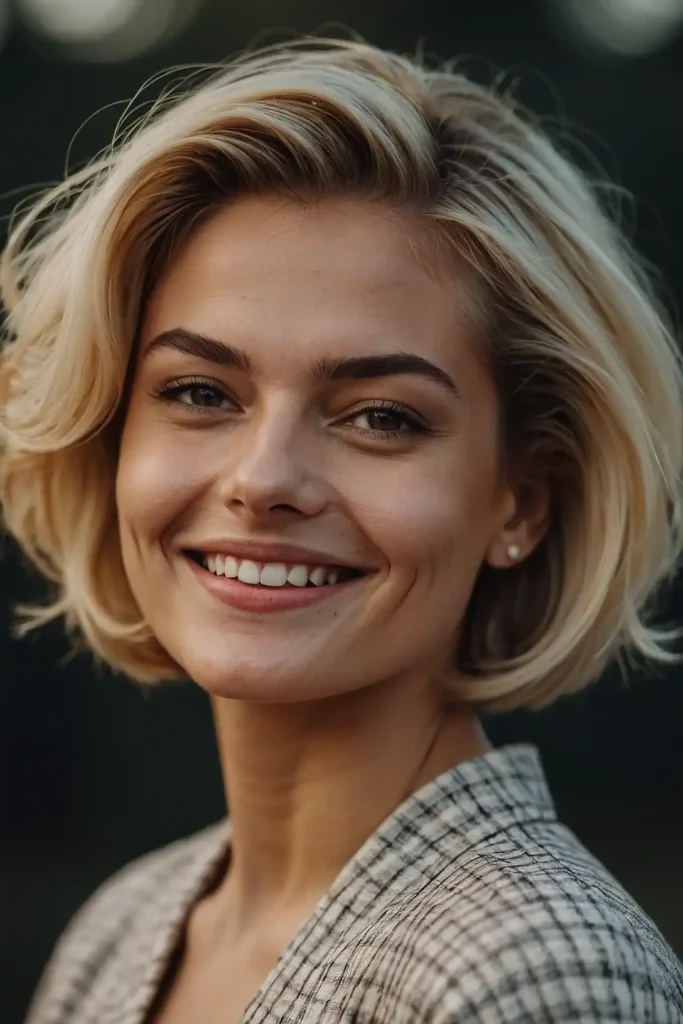
The classic bob got a polished 90s update when styled with ends rolled under rather than flipped out.
You’d use a large round brush to curve ends inward during blow-drying.
This technique required wrapping hair completely around the brush before applying heat.
The tension created smooth, uniform curves that looked sophisticated and timeless.
You’d often pair this style with a deep side part for added elegance. The rolled-under ends created a classic silhouette that worked in professional settings.
19: Wispy Fringe Blowout
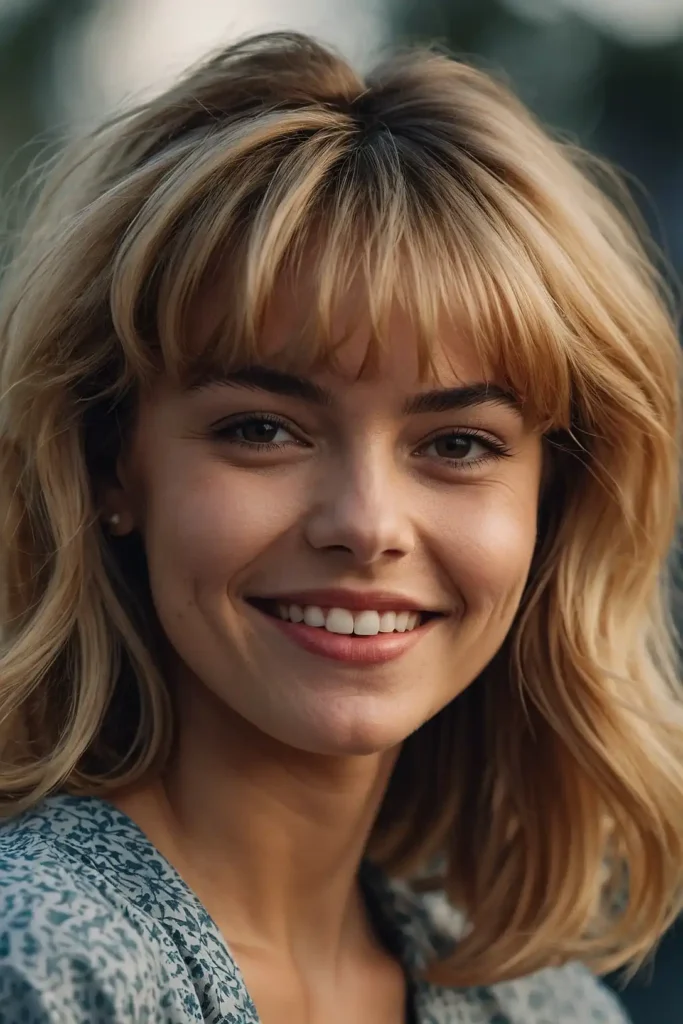
Soft, wispy bangs offered a gentler alternative to heavy straight-across styles. You’d cut the fringe with point-cutting techniques to create feathery, uneven edges.
During blow-drying, you’d use a small round brush to lift and separate the wispy pieces.
This prevented them from clumping together and maintained their delicate appearance.
The wispy texture softened angular faces while adding youthful charm to any hairstyle. You’d finish with minimal product to preserve the light, airy quality.
20: Bouncy Barrel Curls
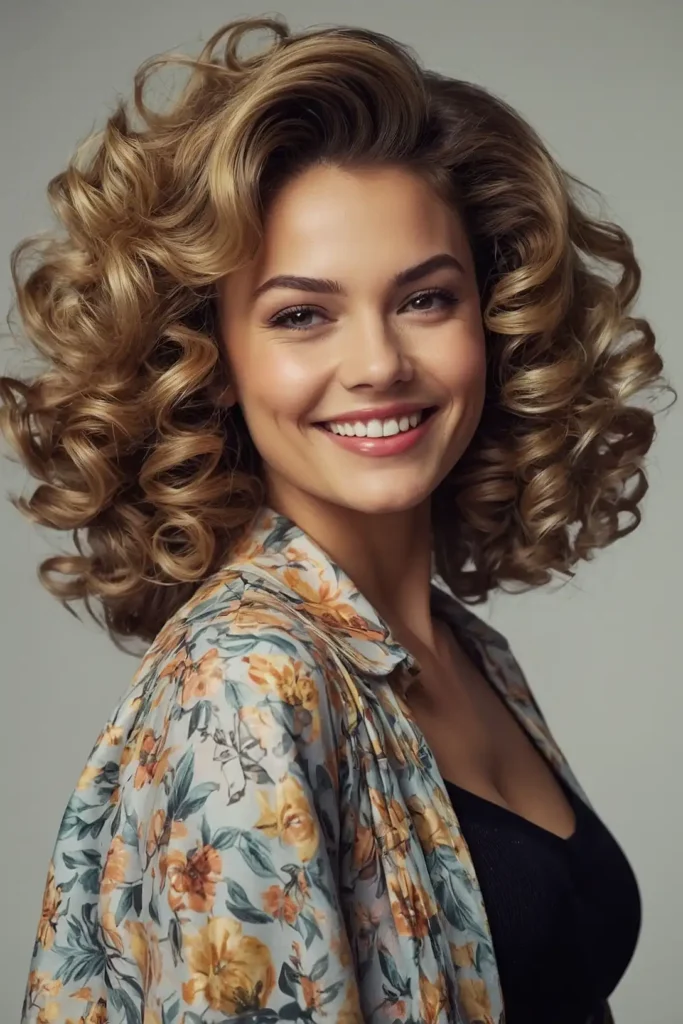
Large barrel curls created glamorous volume reminiscent of old Hollywood with a 90s twist. You’d use hot rollers or a large curling iron after your initial blowout.
The technique involved wrapping large sections around the barrel and allowing them to cool completely before releasing. This set the curl pattern for maximum longevity.
You’d brush through the cooled curls gently to create softer, more voluminous waves. Hair spray applied before and after curling ensured the style lasted all day.
21: Slicked Back Sides
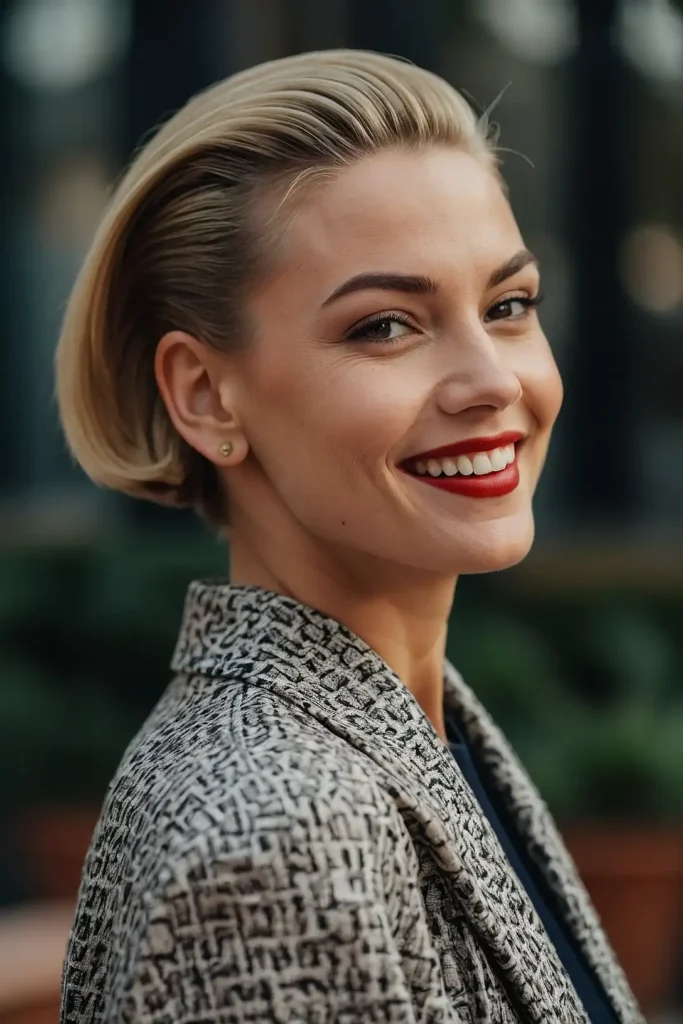
Gel-slicked sides created striking contrast when paired with voluminous tops or textured crowns.
You’d apply strong-hold gel to damp side sections before blow-drying. This created sleek, controlled sides that stayed put throughout the day.
The technique required combing hair straight back while following with concentrated heat.
You’d often pair this with textured or voluminous styling on top for dramatic contrast. The slicked sides highlighted facial features while adding edgy sophistication.
22: Layered Flip Blowout
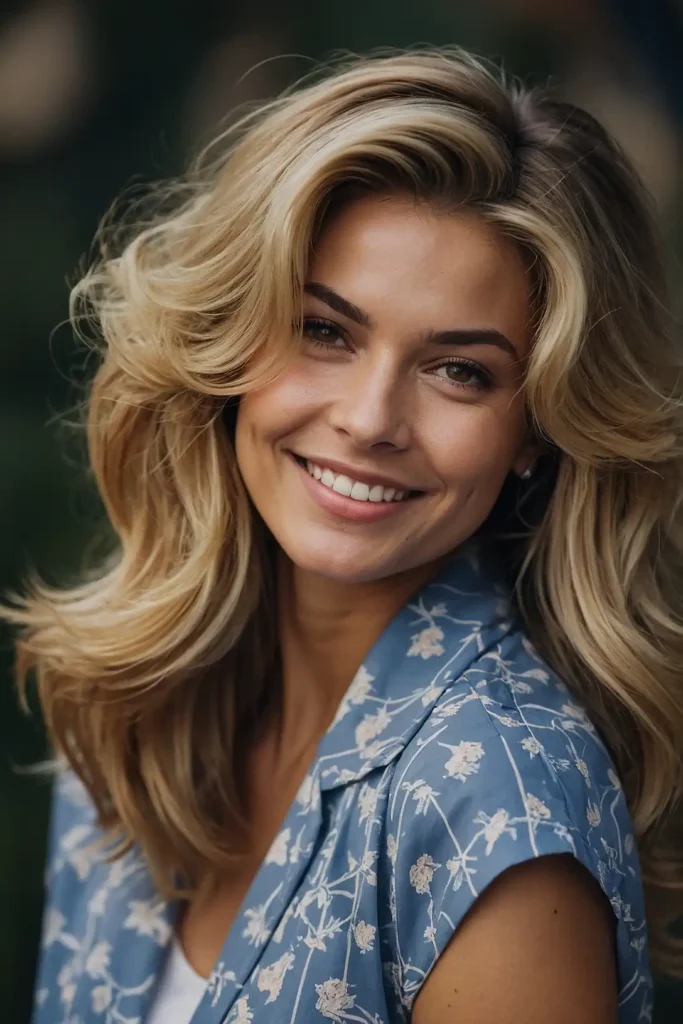
Multiple layers flipping in different directions created dynamic movement and energy.
You’d cut various lengths throughout to achieve maximum flip potential during styling.
Each layer required individual attention during blow-drying, with some flipping out and others curling under. This created a seemingly effortless but carefully crafted look.
The key was varying the flip directions to prevent the style from looking too uniform or structured. You’d finish with flexible-hold products to maintain movement.
23: Straight with Curved Ends
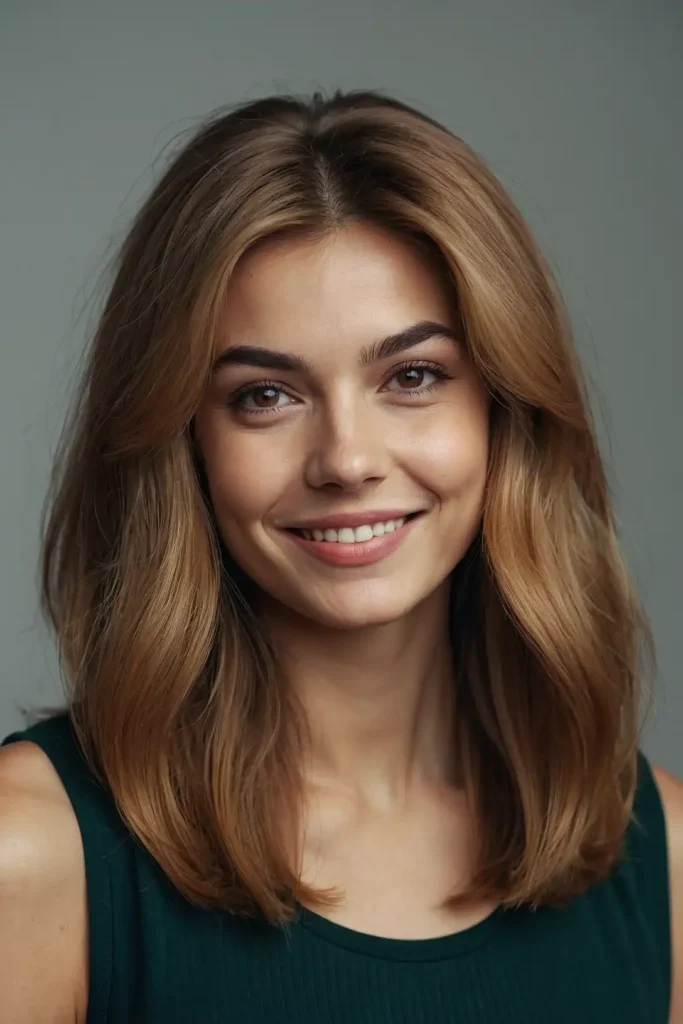
This sophisticated look combined the sleekness of straight hair with softly curved ends for polish. You’d blow-dry lengths straight before curving just the bottom inch.
The technique required precise brush control to maintain straightness while creating subtle end curves.
This prevented the harsh, blunt appearance of completely straight cuts. The curved ends added femininity and movement to otherwise severe straight styles.
You’d use shine products to enhance the smooth finish and healthy appearance.
24: Voluminous Side Part
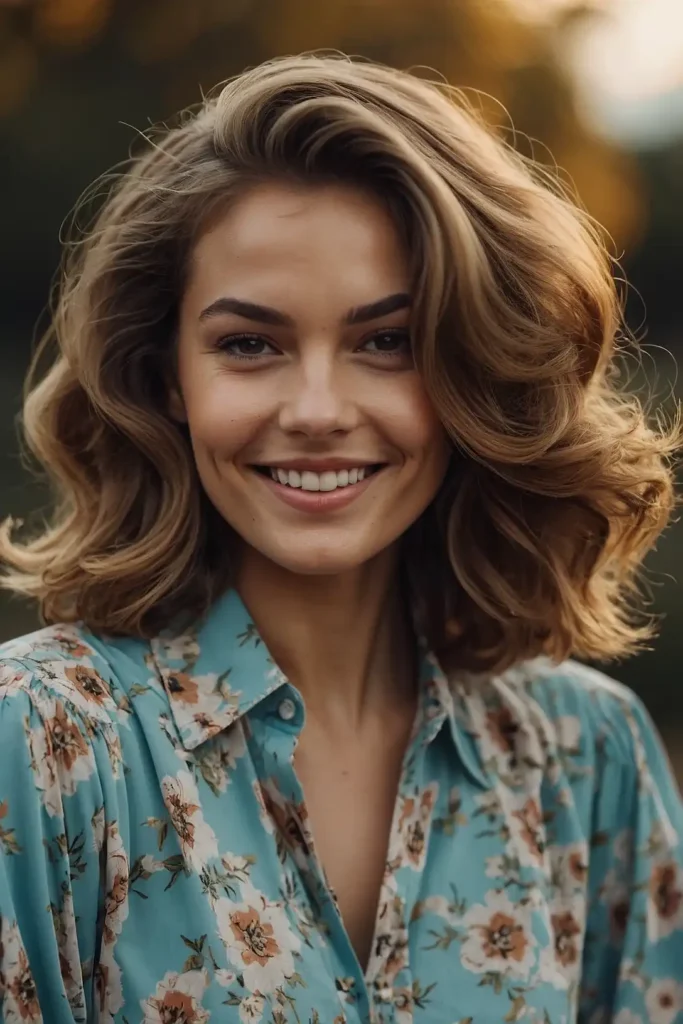
Deep side parts created instant drama when paired with voluminous styling on the heavier side.
You’d part hair far to one side before blow-drying for maximum impact. This created beautiful asymmetrical balance throughout the style.
The styling focused on lifting the larger section while keeping the smaller side sleek and controlled.
You’d often enhance the volume with teasing or hot rollers for extra drama. The deep part highlighted facial features while adding glamorous sophistication.
25: Messy Texture Blowout
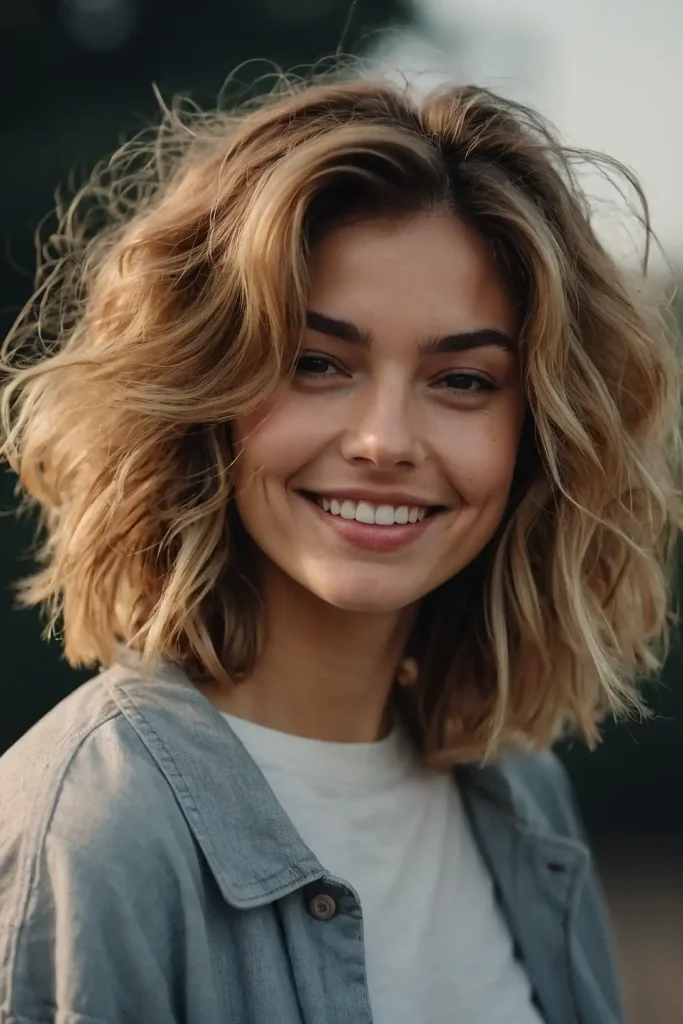
Deliberately imperfect textures captured the decade’s embrace of effortless cool. You’d scrunch hair randomly while blow-drying to create varied textures and directions.
The technique involved avoiding too much brushing or smoothing to maintain natural-looking irregularities.
You’d use your hands more than tools during the styling process. The result looked like you’d achieved perfect hair without really trying.
Texturizing products applied to damp hair enhanced the messy finish while providing hold.
Conclusion
These 90s blowout styles prove that retro hair trends never truly disappear.
Whether you choose subtle face-framing layers or bold chunky highlights, you’ll find a look that captures the decade’s fearless spirit.


